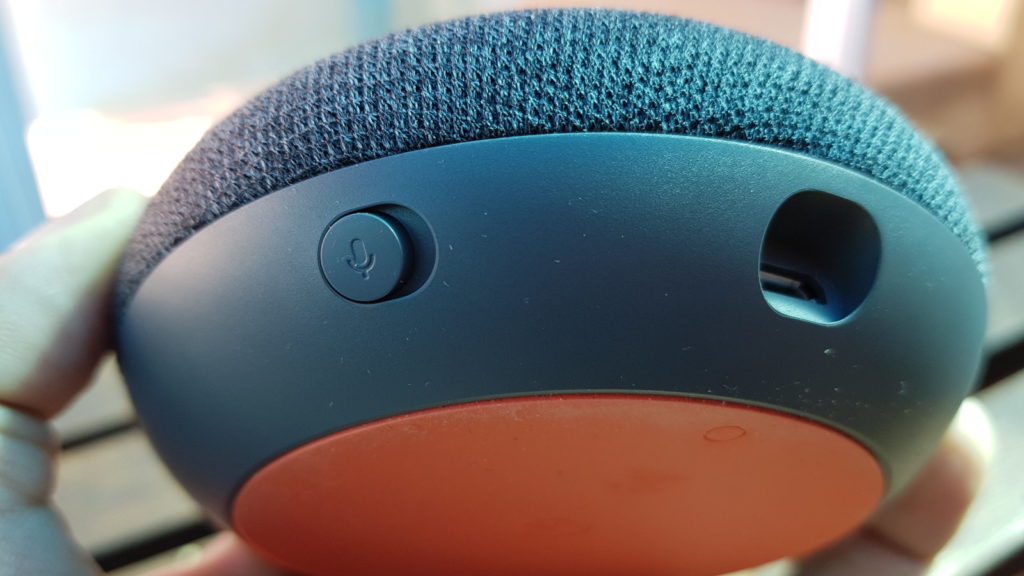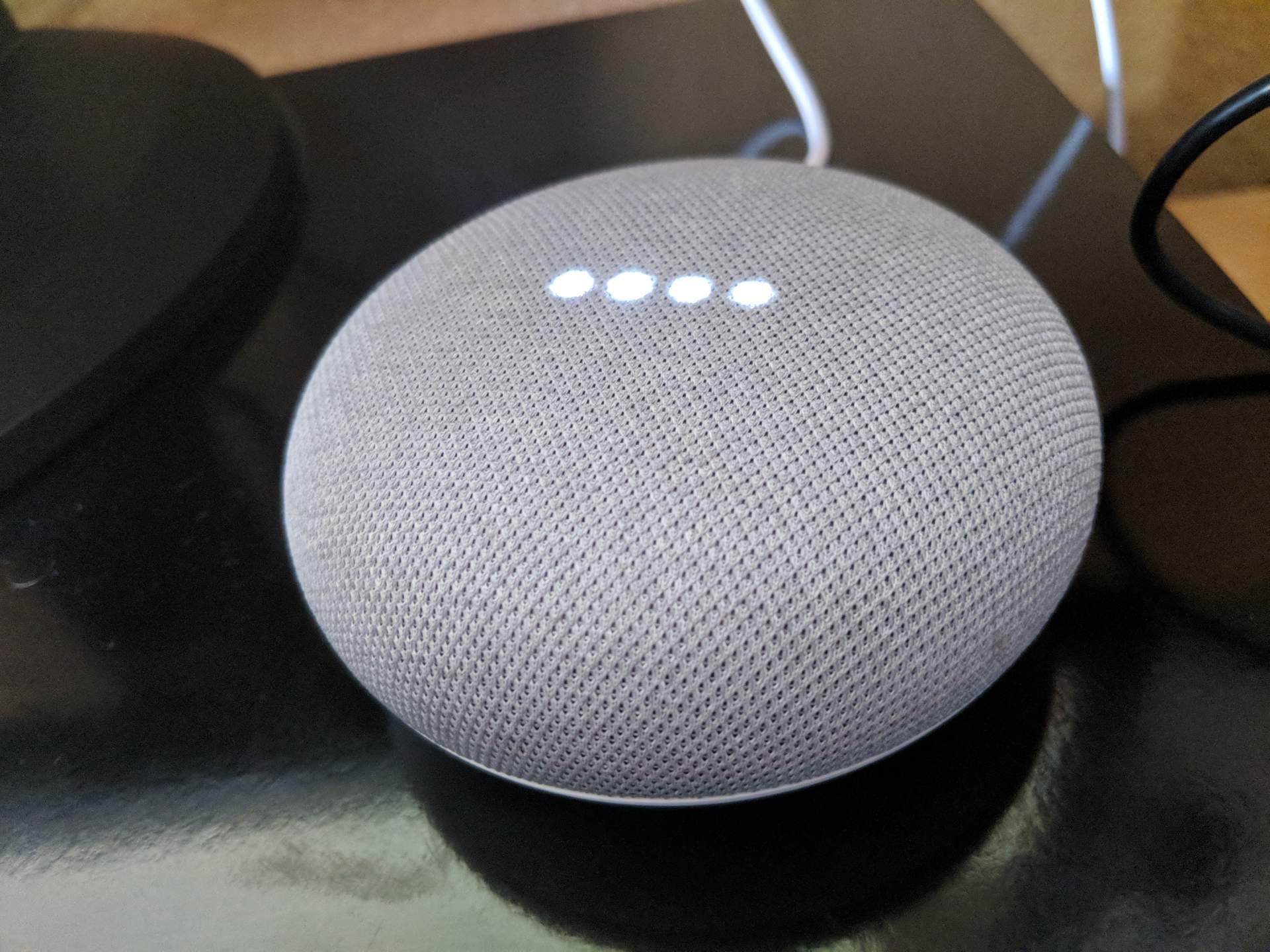Table of Content
The Google Home Mini is a smart speaker that's built on the same platform as the original Google Home, but it's significantly smaller. If the device has been used before, factory reset your speaker or display before you continue. The Google Home has a single speaker with two passive radiators, which really help it produce decent sound for a device of its size.

However, looking at the Flash datasheet, it appears the maximum speed was not that fast, and I chose to take the risk. I personally find this combination of a FT2232H and ICE40HX1K-TQ144 to be quite interesting and versatile. However, please note that using both the SPI mode and Synchronous FIFO mode of the FT2232H requires adding a EEPROM to the BOM. This EEPROM contains configuration data for the FT2232H and can sometimes be omitted.
The Interposer Board
Below are the specifications for Google Nest and Home speakers and displays . I have sleep sounds for 30 minutes as part of a bedtime routine and it keeps playing all night. The two biggest differences between the Google Home and the Google Home Mini are size and price. The Home Mini is significantly smaller and fades more readily into your home decor, and it also costs a lot less. The Home Mini can also do everything the regular Google Home can do, but the larger device does provide richer sound that does a much better job filling a room. While there are privacy concerns with a device like Google Home Mini that is always listening for a wake word, Google is fairly transparent with what it records.

It's reducing the likelihood I can still discover something to exploit in it to bypass the secure boot on a Google Home Mini. This push button is not accessible without cracking the case open. Pushing it at boot time will force the bootloader to boot from the USB port of the device. However, only signed code can theoretically be executed. The Home tab gives you shortcuts for the things you do most, like playing music or dimming the lights when you want to start a movie.
Chromecast Vulnerabilities
I guess this nibbles swapping weirdness is caused by the way the low-level hardware BCH engine is actually working. Swap another time the nibbles of the computed BCH code. Swap the nibbles of each of the 2080 first bytes of the page.

The Google Home app is designed to show you the status of your home and keep you up to date with what you may have missed. Check in on your home anytime and see a recap of recent events. You can also get a notification if something important happens while you’re away. Turn on the lights, adjust the thermostat, or get an alert when there’s a person or package at your front door. Google Home on WearOS will be available as a preview as we continue to add controls and improvements.
Loa thông minh Google Nest Hub 2nd 7inch – Phiên bản mới ra 2021 New Seal
You’ll be able to opt out of some settings, like Voice Match or personal results. You can change these settings at any time after you complete setup. In terms of functionality, the Home Mini and Nest Mini are identical. They answer all the same queries and commands, and they work with all of the same devices and apps.

Unlike the Home Mini, the Nest Mini comes with a built-in wall mount. It also provides better sound, with improved bass response, although the physical speakers in both devices use 40mm drivers. If you already have one or more Google Home devices, then the Home Mini is a great way to extend the same functionality you're familiar with into every room in your house. Since the Google Home Mini has all of the same functionality as the Google Home, it makes a good entry-level smart speaker. Like all Google Home devices, the Home Mini is built around the Google Assistant virtual assistant, so it is operated almost entirely via voice commands. It listens for a wake word, which is "Okay, Google," and then records anything it hears after the wake word.
About this app
The delicate BGA NAND Flash IC is soldered to this board. As explained before, the SoC of the Google Home Mini comes without any public documentation. Being able to run custom code on it is valuable to understand it better. Things like dumping the BootROM of the system becomes possible.

The Home Mini, on the other hand, has a smaller speaker and lacks the passive radiators. While the Home Mini can still be used to listen to audio content like music and podcasts, it doesn't sound as good. However, even considering this easy access to the entire NAND Flash data, an extended secure boot implementation makes executing arbitrary code using naive methods impossible. But, as the second part of this article will demonstrate, it remains possible.
Everything is next melted together with the hot air station. A better video of a similar process applied to a real BGA component can for instance be found here. Of course, using 2.54mm connectors may cause signal integrity issues when dealing with high speed signals.

” to get answers to the most common privacy and security questions. Its in-store longevity could have been due to Google making too many at launch, and you will undoubtedly find a handful on store shelves if you still really want one. That said, the Home Mini does not appear on Best Buy or Target online stores today.
Repeatedly desoldering and soldering back the NAND Flash would have been annoying and could have caused damage to to the PCB. It's the most direct way of achieving code execution on the platform. My goal will be to modify the NAND flash content until I can execute my own code. The Google Home Mini is protected by some kind of secure boot. Bootloader and Kernel are cryptographically verified. To conclude, at first sight, the hardware looks rather annoying to work with and doesn't appear to be very talkative.
You can access all of the recordings through your Google account and even turn off recording, although that does prevent some Google Home features from working. While all the executable data is apparently verified, having a total control on all the NAND Flash data does open a rather large attack surface. In order to mount and eventually alter the content of these partitions, I choose to use the exact same YAFFS2 driver that can be found on Google's shared files. The simple file utility can be used against this image to reveal it's in fact a Squashfs filesystem. Please note the Kernel version, sources, initramfs and init.rc file will be useful in the second part of this series of article.

No comments:
Post a Comment